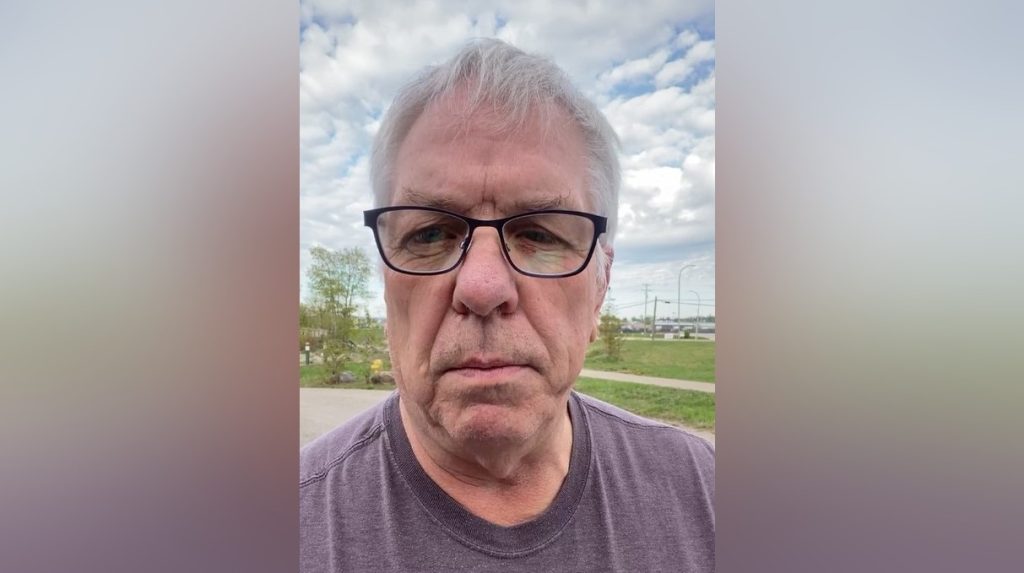B.C. records spike in number of overdose deaths from illicit drugs in November
Posted December 19, 2016 10:00 am.
Last Updated December 20, 2016 6:40 am.
This article is more than 5 years old.
VICTORIA – The annual number of fatalities from illicit drug overdoses in British Columbia reached 755 by the end of November, causing health officials to speculate whether an even stronger drug like the elephant tranquilizer carfentanil is now behind the unceasing death toll.
Chief coroner Lisa Lapointe said Monday that people are dying with needles stuck in their arms and naloxone kits to reverse overdoses at their sides.
Provisional data shows 128 people died as a result of illicit drug use in November, an average of more than four a day. The previous high for a single month was 82 in January.
“Why, with all the new harm-reduction measures in place, are we still losing so many members of our communities to illicit drugs, and why was the loss so much higher in November?” Lapointe asked at a news conference.
“Clearly illicit drugs are becoming increasingly unpredictable and increasingly perilous. It may be that there has been more toxic fentanyl than usual circulating, or we may be facing the terrifying possibility of carfentanil being introduced broadly into the illicit drug stream, or the arrival of another particularly lethal analogue of fentanyl.”
Carfentanil is 100 times more powerful than fentanyl, the opioid detected in 374 overdose deaths for the first 10 months of the year. B.C. expects to have the tools to test for the presence of carfentanil shortly.
Lapointe said the service will work with the provincial toxicology centre to try to determine what caused the increase in deaths. She said the overdose crisis does not seem to be easing, with 11 people dying in one day on Dec. 15.
“We are seeing people die with the naloxone kit open beside them,” Lapointe said. “We’re seeing people die with a needle in their arm or a tablet nearby.”
She urged drug users to be near friends or people who can help in case of overdoses, adding that it isn’t just people in poor neighbourhoods like Vancouver’s Downtown Eastside who are affected.
“People think this is somebody else’s problem,” Lapointe said. “I can tell you from my desk these are people in all communities across the province: teachers, doctors, university professors, students. People think they are somehow immune because perhaps they don’t live on the Downtown Eastside.”
Since declaring a public health emergency earlier this year, the province has taken a number of steps to try and fight the overdose crisis.
The province’s latest move was to announce plans for overdose-prevention sites in different communities across the province where people can inject illicit drugs while being monitored by trained professionals equipped with naloxone. They are in addition to two existing safe-injection sites in Vancouver that are specifically designed for people to inject drugs under medical supervision.
Perry Kendall, B.C.’s provincial health officer, said the overdose prevention sites are the subject of debate in some communities, but they will save lives.
Vancouver Mayor Gregor Robertson said there are about 1,300 people in the city using illicit opioids every day. The city passed a budget last week that includes a 0.5-per-cent increase in property taxes to support frontline service providers, including firefighters who have been seeing multiple overdoses per day.
New Democrat Sue Hammell, the Opposition’s addictions critic, said the government needs to launch a multi-pronged treatment and public education offensive to battle the overdose crisis.
“We hit the button on the crisis in April and it’s December, and it’s still completely out of control.”










